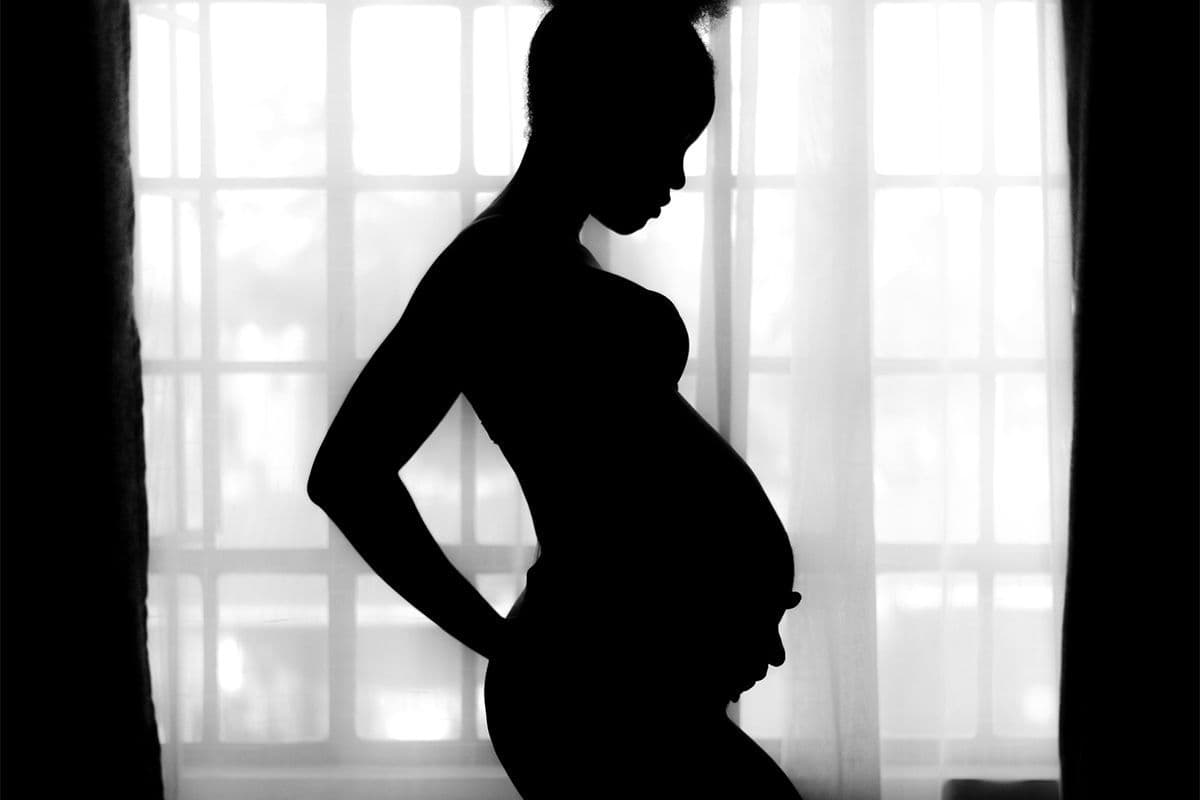Gardnerella Vaginalis BV During Pregnancy
Infections
Obie Editorial Team

What is Gardnerella vaginalis?
Gardnerella vaginalis is an infection of the vagina that can be easily diagnosed and treated. It comes from the bacteria of the Gardnerella vaginalis strain, often in combination with various anaerobic bacteria. It is sometimes also called bacterial vaginosis or BV.
Gardnerella vaginalis was originally described by Gardner and Dukes in 1955. The infection often produces a gray or yellow discharge with a "fishy" odor that increases after washing the genitalia with alkaline soaps. Gardnerella vaginalis is the most common cause of bacterial vaginitis among sexually active women.
Causes and risk factors of Gardnerella vaginalis
Many people think the infection is sexually transmitted, however, the bacteria can also be found without ther being any risk of a sexually transmitted disease.
Learn about common sexually transmitted diseases
What are the symptoms of Gardnerella vaginalis?
Symptoms of infection typically include a vaginal discharge associated with a musty or fishy odor. The amount of discharge varies, and there is little irritation associated with this infection. Odor is the main symptom, although, sometimes there are no symptoms at all.
Diagnosis of Gardnerella vaginalis
- First, a vaginal examination is performed to check for any signs of bacterial vaginosis.
- Next, a sample of vaginal fluid is obtained to look for the type of bacteria linked to BV.
How can you treat Gardnerella vaginalis?
The main treatment for Gardnerella vaginalis is oral metronidazole, 500 mg twice daily for 6 days. A single dose of 2 g has been effective in treatment of adolescent patients, but in general, a 5-7 day course of treatment is more effective.
Although it is recommended for sexual partners to be treated simultaneously, it is unclear whether this significantly decreases the incidence of recurrent disease.
Contraindications to metronidazole include certain blood dyscrasias and central nervous system diseases. An important side effect is intolerance to alcohol. The drug is contraindicated during early pregnancy and lactation.
Cephradine, 500 mg by mouth 4 times daily for 6 days, will eliminate Gardnerella vaginalis from the vagina and relieve symptoms but has little effect on the anaerobic flora of the vagina.
Other oral and vaginal preparations have been prescribed but have not proved useful. Douching removes malodorous secretions temporarily but does not cure the infection.
Read More












